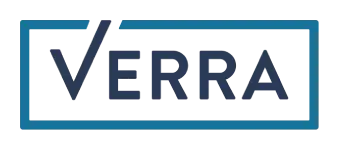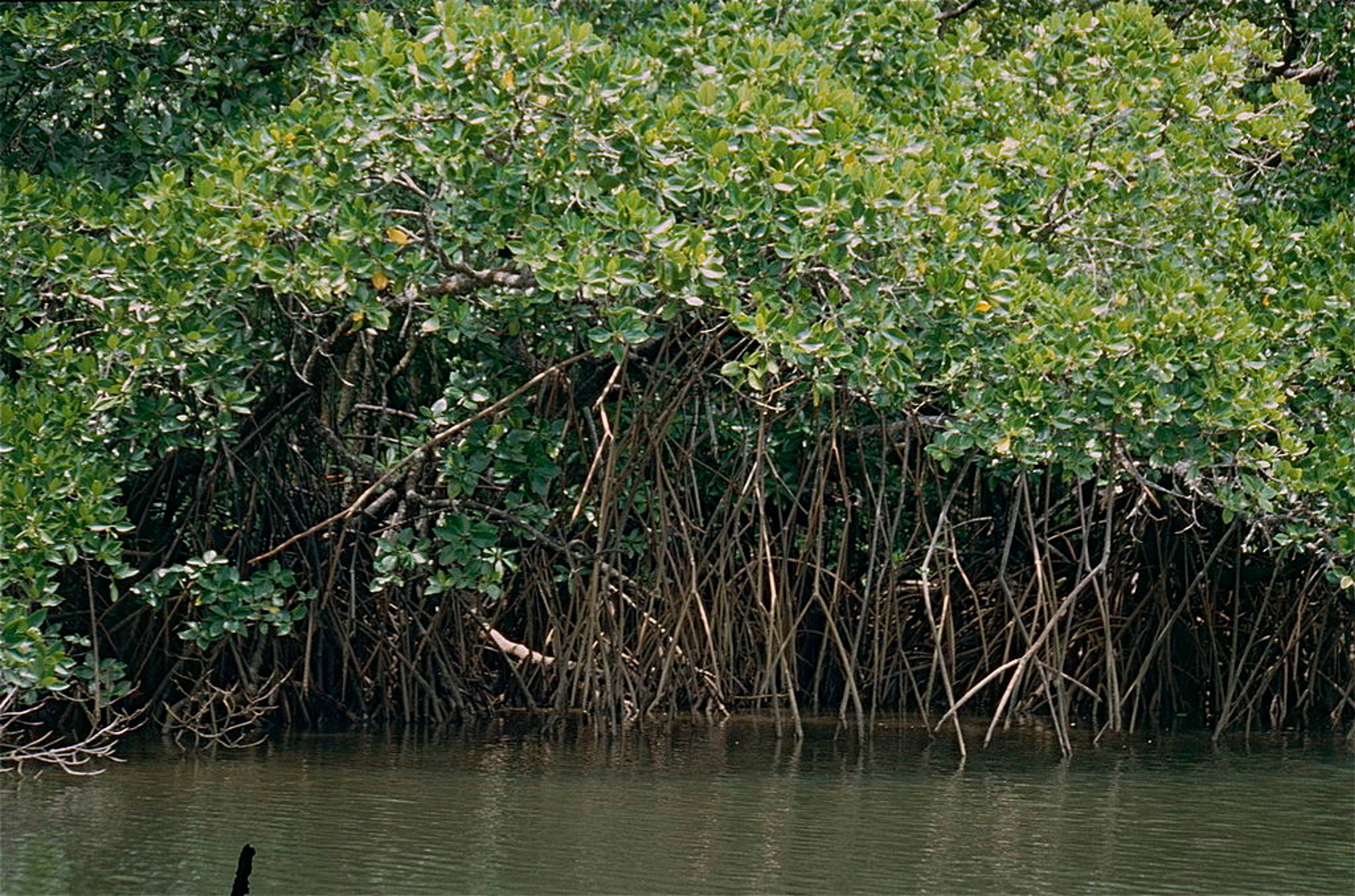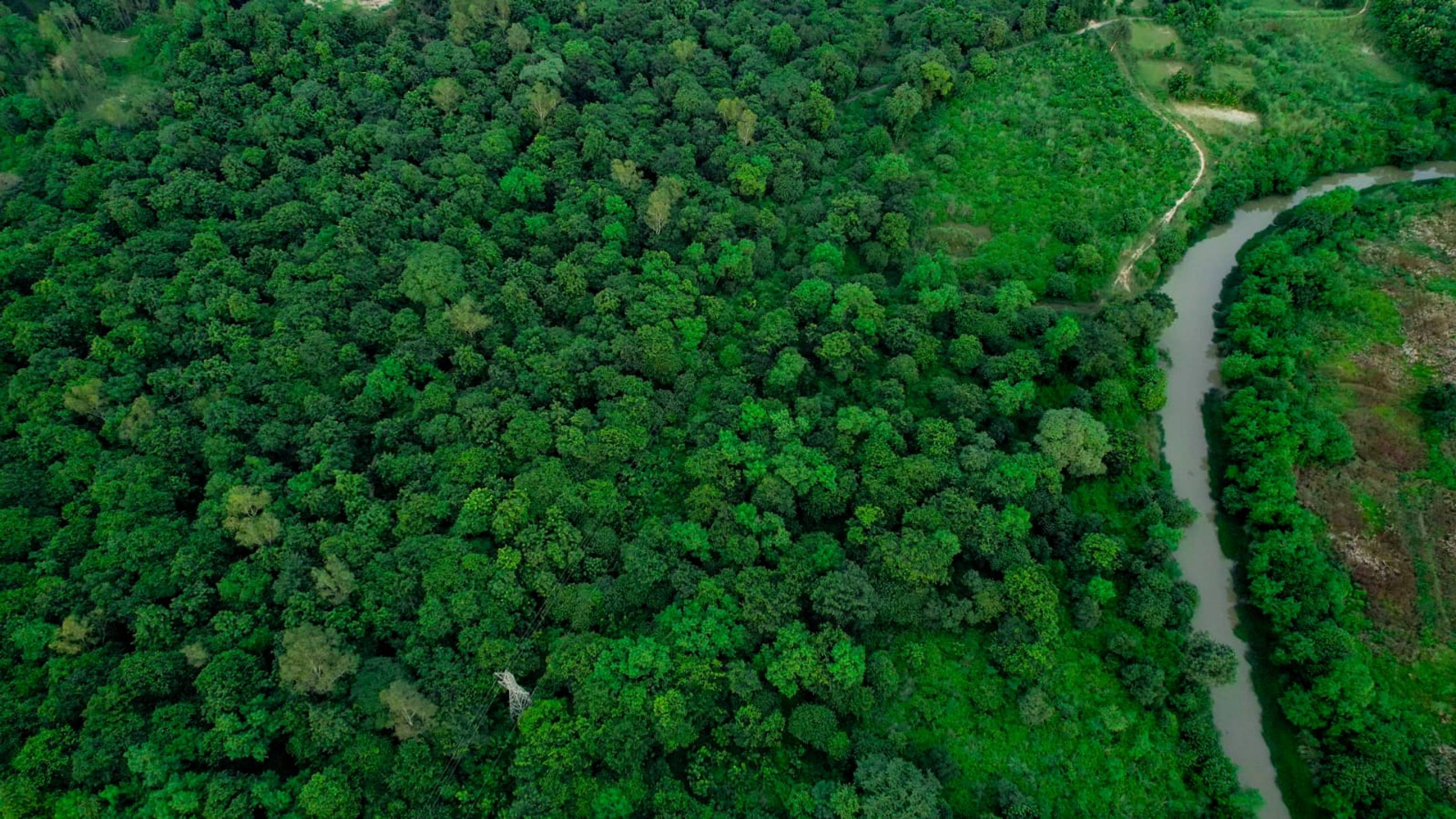Preventing land conversion and restoring a natural carbon sink
At its heart, Borneo Peatlands aims to avoid the deforestation, degradation, and drainage of a vast area of peat swamp forest. By obtaining full legal control of the forest, the project prevented an industrial acacia plantation company from converting the area. This legal control is immensely important because the interior forests of the peatlands have increasingly been targeted for commercial exploitation. Prior to this project, the government granted licenses to a number of companies to log the forests irrespective of people’s claims to the land.
In addition to peatlands preservation, this project aims to reforest 4,433 hectares through three programs: community-led agroforestry, fire break implementation, and intensive reforestation. The team will grow saplings in on-site nurseries and conduct regular maintenance to improve the rate of tree survival.
Small local communities have existed along the banks of the main rivers for generations, relying on a river and forest-based economy supported by fishing, non-timber forest product harvesting, and smallholder agroforestry.
7.5M
tons of GHG emissions reduced annually during the crediting period.
~5%
of the global populations of Bornean Orangutan, Gibbon & Proboscis live in the project area.

Aerial view of the project's boardwalk through the forest (Photo credit: Katingan Mentaya Project).
















